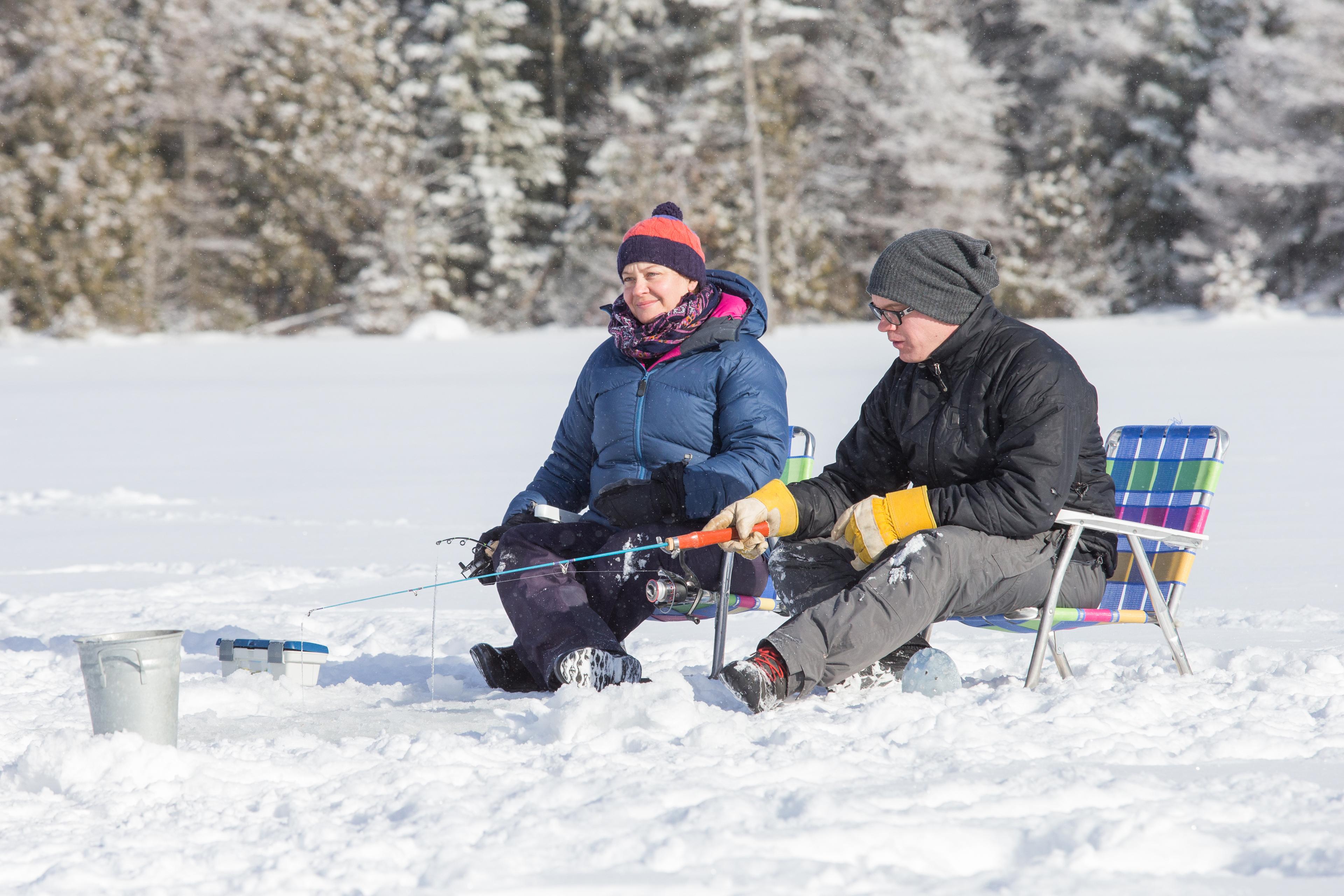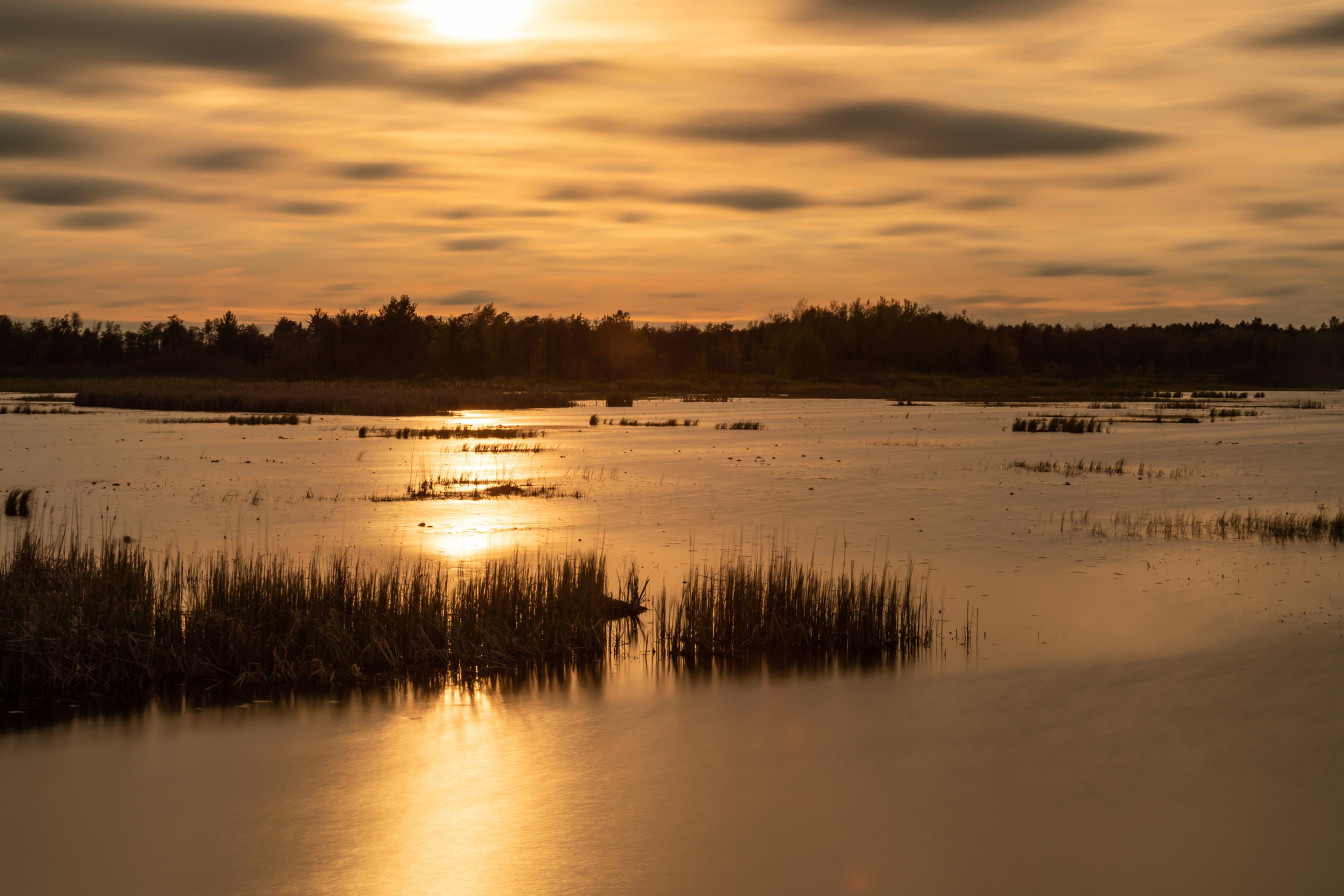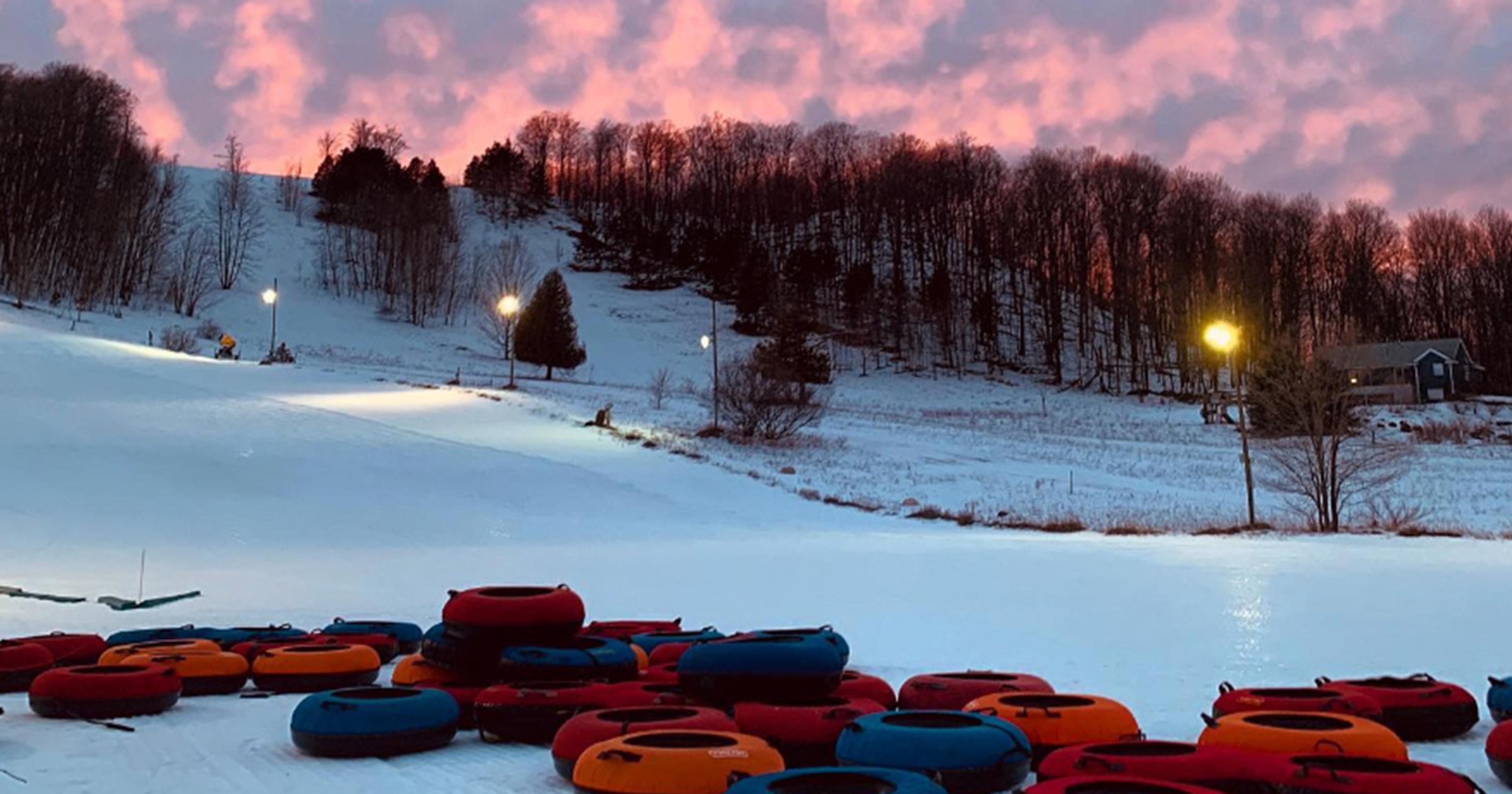5 Things to Do This Winter in Cadillac
A Healthier Michigan
| 3 min read

There’s lots to do in Cadillac during the winter, from skiing to ice fishing.
Cadillac is the second-biggest city in Northern Michigan. It's located on the shores of Lake Cadillac, which is connected by the Clam Lake Canal to Lake Mitchell.
With a regional snowmobile trail network topping out at nearly 500 miles through five counties, the winter sports trail network is one of the best in Michigan’s Lower Peninsula. There’s also 500,000 acres of national forest land with nearly 100 miles of backcountry trails for fat tire biking, cross-country skiing and snowshoeing, and three inland lakes with ice fishing opportunities, making the Cadillac area a winter destination in the heart of Michigan.
This downhill ski area located near Cadillac gets its name from the Gaelic word for "stag's head." Caberfae Peaks, which opened in 1938, is one of the oldest ski resorts in the U.S. Its first rope tow was powered by a Ford Model A car engine. In the next five years, a dozen more trails were cleared and several rope tows were installed, and Caberfae became Michigan's largest winter sports area by the mid-1950s. While Caberfae Peaks Ski Resort may not hold that title today, it offers 34 ski runs and boasts the state’s highest lift-served peaks and some of the biggest vertical drops.
2. Lake Cadillac (ice fishing)
Cadillac offers some of the best of Northern Michigan fishing thanks to the bounty of its waters. Three large inland lakes – Lakes Cadillac, Mitchell and Missaukee – coupled with three rivers – the Pine, Manistee and Pere Marquette – provide year-round angling opportunities. In January, when the lakes and ponds are solidly iced over, the area becomes populated with ice shanties and anglers ready to brace the weather for a catch. Lakes Mitchell and Cadillac are known for their healthy pike, walleye, bluegill and crappie populations. People are permitted to walk and drive on the lakes, although the DNR does not take responsibility for determining whether the ice is safe.
The Cadillac Pathway is a multi-use, non-motorized recreation trail open for users year-round. The pathway is on state-owned land managed by the Department of Natural Resources. During the winter, Cadillac’s Pathway’s cross-country ski trail and the winter sports trail are maintained by volunteers from the Northern Michigan Mountain Bike Association. A Recreation Passport is required to park at the Cadillac Pathway trailhead.
The 660-acre state park lies between Lake Mitchell and Lake Cadillac. The quarter-mile Clam Lake Canal runs through the middle of the park, connecting the two lakes. The Fred Meijer White Pine Trail State Park can be accessed from the park on the east side of Lake Cadillac, connecting to a network of trails, sidewalks and road shoulders that follow the Lake Cadillac shoreline. Visitors can take part in seasonal activities such as lantern lit hikes, snowmobiling, cross-country skiing, ice fishing, and downhill skiing at Caberfae Peaks ski area.
Cadillac is 30 minutes away from of two rivers -- the Big Manistee River and the Pine River -- that are popular for rafting, canoeing and kayaking in the summer and the winter. The Big Manistee River offers wide, smooth and flowing waters -- and the Pine River has swift currents and challenging turns. Several local outfitters can help guide your trip. Keep safety tips in mind during winter paddling trips: built up ice near turns in the rivers can tip the watercraft, and the water can be colder than expected. A heavy wool blanket in the bottom of the craft can help you stay warm while paddling. Bring dry bags with a full change of clothing, and wear long, waterproof gloves.
There’s lots to see and do in Cadillac this winter. Check out the highlights in this video.
Photo credit: Getty Images





